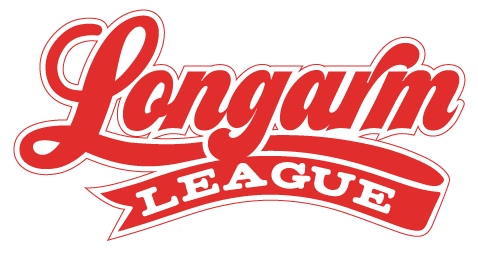Fizz Extended Width Digital Quilting Design

Fizz is so simple and versatile, it'll work on anything!
This is an extended-width pantograph design, which means one squiggly line will travel the whole width of the quilt and then will travel back right-to-left to complete the bubbles, baubles...? Melon shapes? What are we calling these? Chainlink, but cuter? ;)
The advantages of using this design:
1) No backtracking.
2) Stitches smoothly (no corners or pivots) and quickly.
3) Looks great in either direction — loading a quilt on its side can increase efficiency by not having to advance the quilt as much.
Potential disadvantages of using this design (hey, just being honest):
1) If your machine doesn't do well traveling right-to-left, you'll want to load the L to R version of the design which is included in the purchase. This means manually moving the machine head back to the left edge of the quilt for each line, like you would for straight-line quilting. Kind of a pain. But, even so - no backtracking is still an advantage.
2) Not all automated quilting software will load "block" designs. The BasiQ version of Intelliquilter is one... which means you won't be able to use any extended-width designs without upgrading your software.

The Quilt
This pattern is called Mini-Plaidish from Kitchen Table Quilting. When I visited their website, I got a pop-up that invited me to join their email list in exchange for the pattern. If you don't get that pop-up, you can find links in this blog post.
Unlike the Plaid-ish 2 quilt I made using ALL scraps (featured in the blog post here), I used the same gold print for my dark values. This print is from the Ruby Star Society line called Winterglow that I picked up while at a retreat at Primitive Gatherings, here's a link to the product listing in their shop. I used gray scraps from my stash for the medium values and the same striped white fabric for my light values. Using a limited amount of fabrics REALLY sped up the cutting time vs. using all scraps!


The Quilting Particulars
Here's more information about extended width designs, if you haven't encountered them before. As a designer, it's more work to "build in" the repeats, but it also allows for flexibility and possibilities that aren't available within a single repeat of a "typical" edge-to-edge design.
As I mentioned above, you'll find a left-to-right version (called Fizz L to R) in the file formats bundled with your purchase. Use the L to R file if your machine won't travel right-to-left without thread breaks or poor tension.
There's a video of the stitch out at the top of the blog post.
If you have a very small longarm frame, you'll want to size the row* down. At the default row height, you'll need over 12" of quiltable space.
*row in this context is one repeat made up of 8 lines of big and small melon shapes
Here are the sizing specifications for how I set up this sample quilt size using my Intelliquilter (50" x 64" quilt size):
Row height: 12.5"
Gap: 0"
Pattern height: 12.5" (measurement from top to bottom of the repeat)
Offset: none
Backtracking: none
Here's a look at the included PDF:


If you use Fizz on a quilt, we'd love for you to use the hashtag #fizzpanto and tag @longarmleague on Instagram so we can see how you use it! You can also visit our full digital design shop to take a look at all our previous designs.
Interested in getting new digital pantograph designs like this one on the day they're released (and at a deep discount)? Sign up for our Digital Panto Club and get them delivered straight to your inbox on the first Wednesday of each new month.








